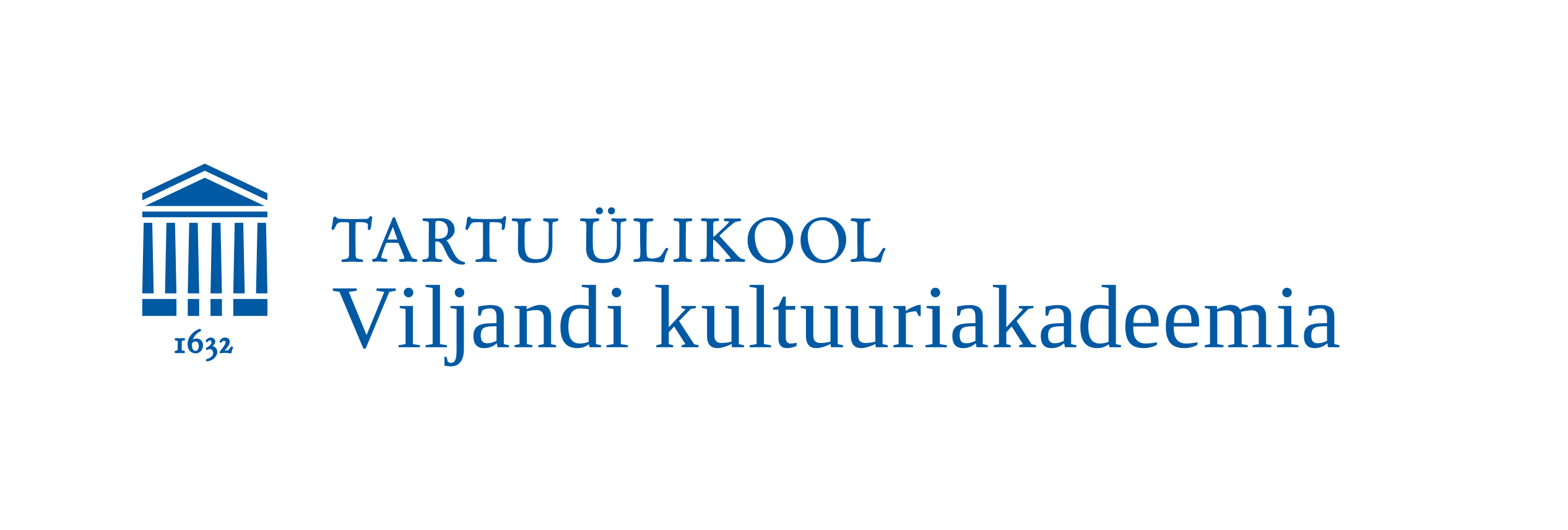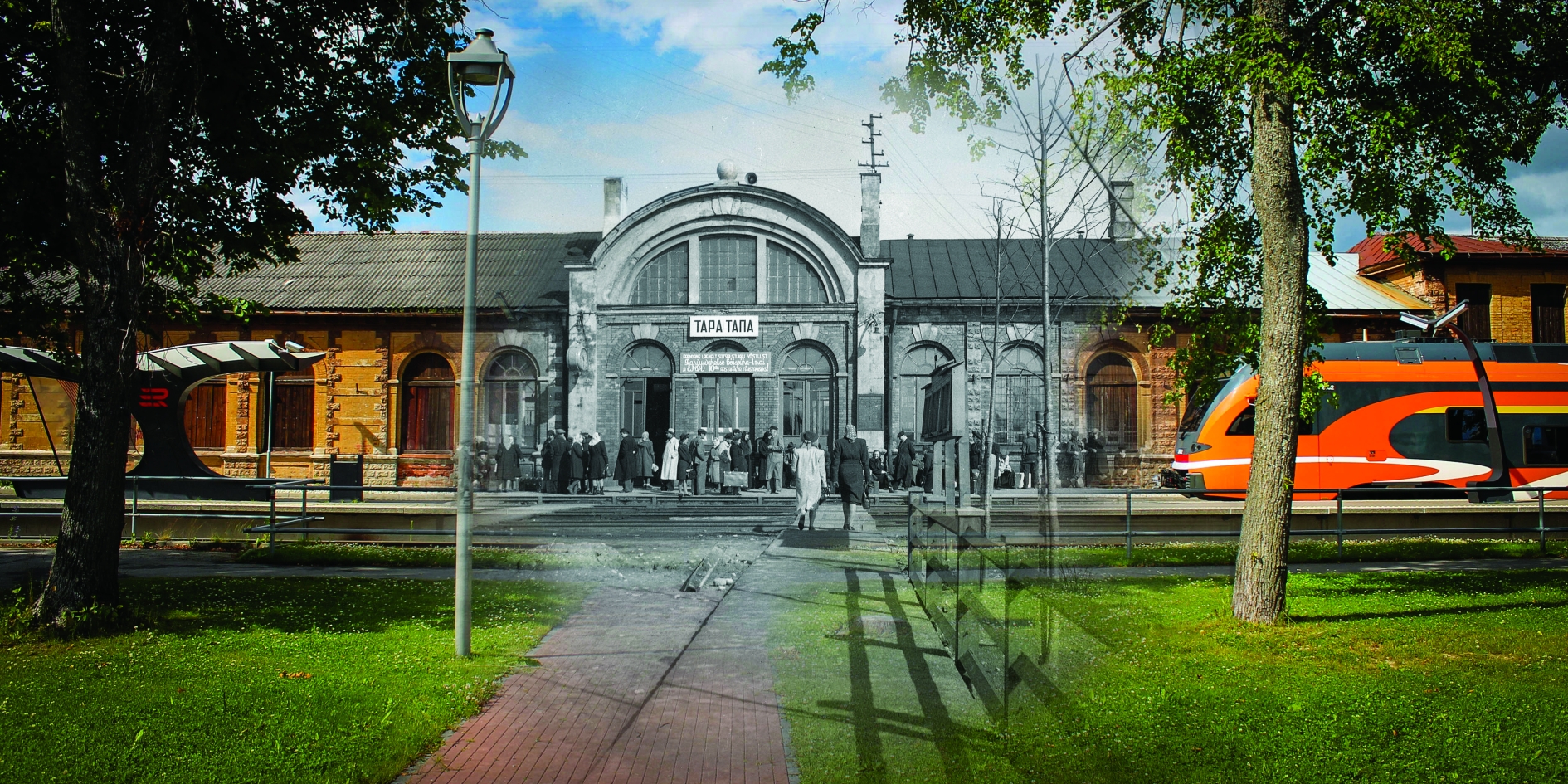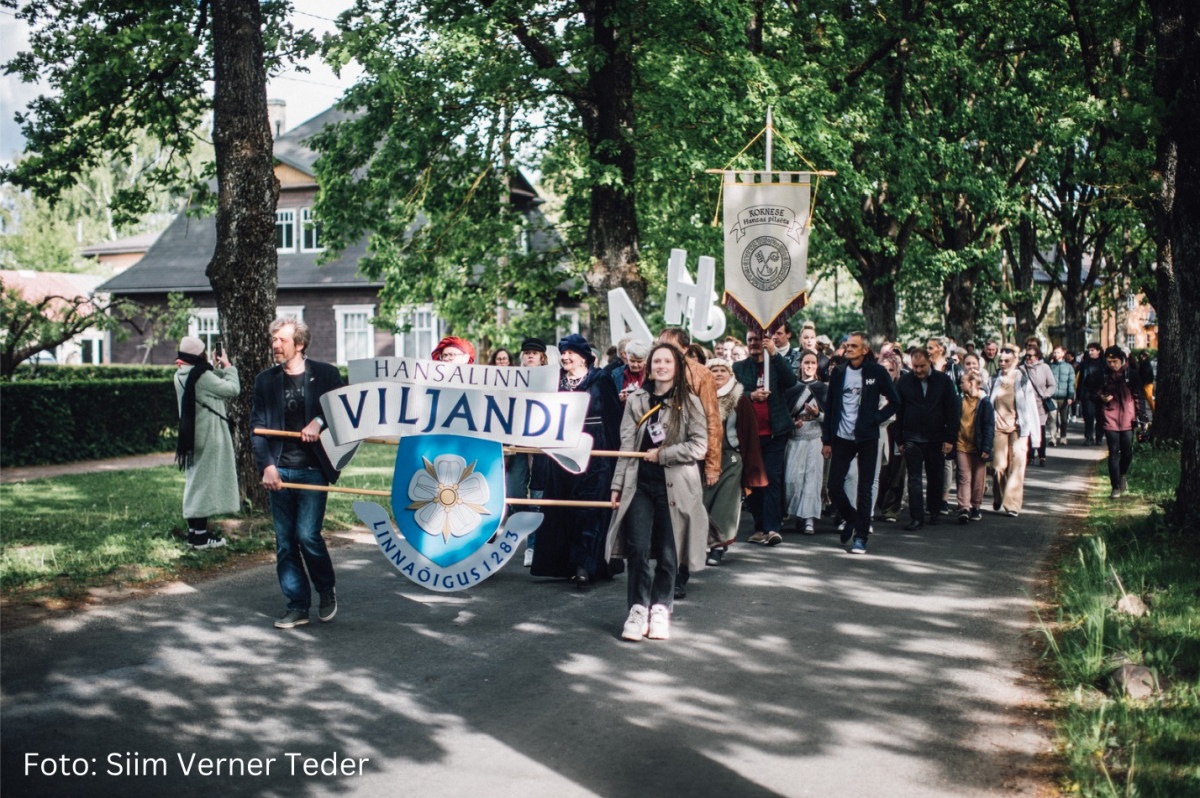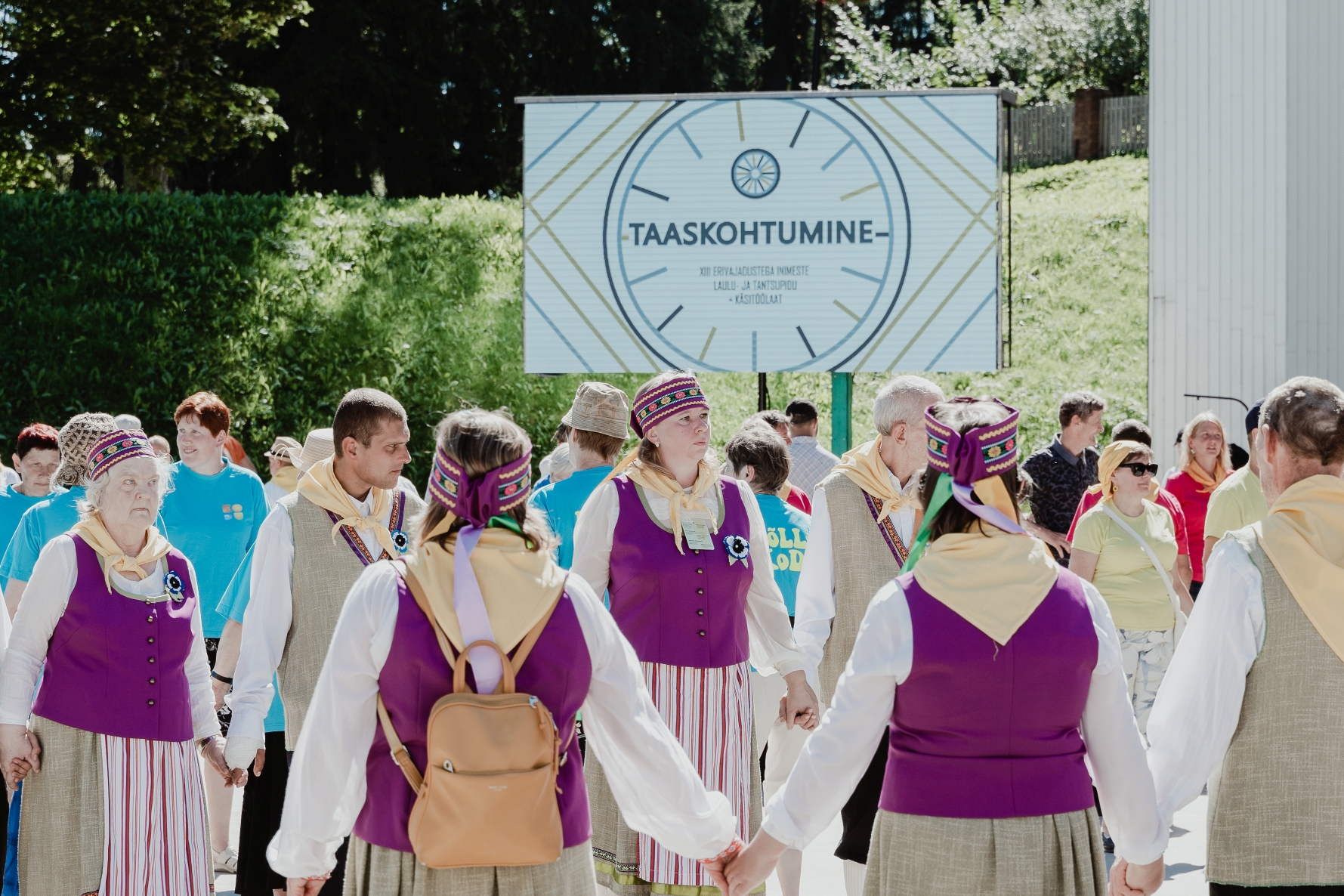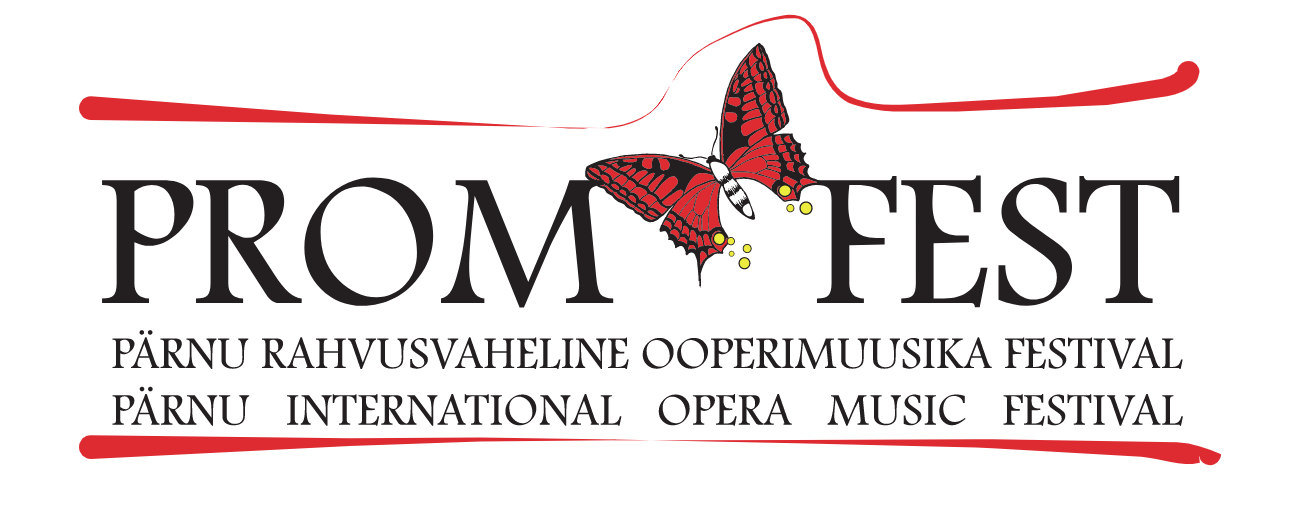“TAPA RONGIJAAMA ELLUÄRKAMINE” (Juhendaja Piret Aus, MA)
LÜHIÜLEVAADE: Nostalgiline üritus „Tapa rongijaama elluärkamine” toimus Tapa rongijaamas 11. augustil 2017. Projekti eesmärgiks oli korraldada nostalgiline rännak, kus taastada lihtsate ja ajastutruude vahenditega üheks ööpäevaks Tapa Raudteejaam, nii nagu see oli 1980ndatel.
Peamine ürituse toimumise põhjus oli näidata rongijaama ruume avalikkusele ning juhtida tähelepanu hetkel suletud ja lagunevale jaamahoonele.
Ürituse idee sündis murest Tapa jaamahoone heakorra pärast. Tapa raudteejaama hoone seisab alates 2004. aastast tühjana ja sellele ei ole leitud püsivat rakendust. Suviti on seal korraldatud vaid kontserte ja projektiteatri lavastusi. Ürituse pikemaajaliseks eesmärgiks on rongijaama hoonele igapäevase rakenduse leidmine ja ruumide kasutamine.
Sündmuse mõõdetavate tulemustena oli „Tapa rongijaama elluärkamine” esimene ühine koostööprojekt Tapa vallavalitsuse, mitmete erinevate Tapal tegutsevate noorteorganisatsioonide, kohalike elanike ja ettevõtete vahel. Korralduse põhifookuses oli noorte kaasamine korraldamisesse. Sündmust külastas umbes 1400 inimest, mis oli neli korda rohkem plaanitud külastajate arvust.
Ade Piht
lõputöö autor
TÜ Viljandi kultuuriakadeemia
LÄBITUD ÕPPEKAVA: kultuurikorraldus
SUMMARY: This thesis provides an overview of the organizational process the of project „Awakening of the Tapa Railway Station”, which took place at Tapa’s railway station on August 11, 2017. The purpose of the project was to organize a nostalgic journey by restoring, for one day and with simple yet effective means, the railway station to the way it was back in the 1980s.
The idea to do the project was born of concerns about the state of the railway station building, which has stood essentially empty since 2004 and for which a particular purpose cannot seem to be found. In the summer, only concerts and theatrical performances are organized there.
The measurable results of the event were the project „Awakening of the Tapa Railway Station” the first joint project between Tapa’s municipal government, various youth organizations and local residents and enterprises. Special emphasis was laid on involving young people in the organizational process. The event was attended by approximately 1400 people, which was four times higher than the number of visitors expected.
During my four years at University of Tartu Viljandi Culture College, what I have come to value most – besides the knowledge, experience, and words of wisdom – are the people I met there. Thanks to the community, acquaintances, and other contacts, I now know for certain that mountains can be moved.
Lastly, I would like to thank all the members of the team, supporters, sponsors, and volunteers. My biggest thanks go to my thesis supervisor, Piret Aus, as well as my friends and family.
